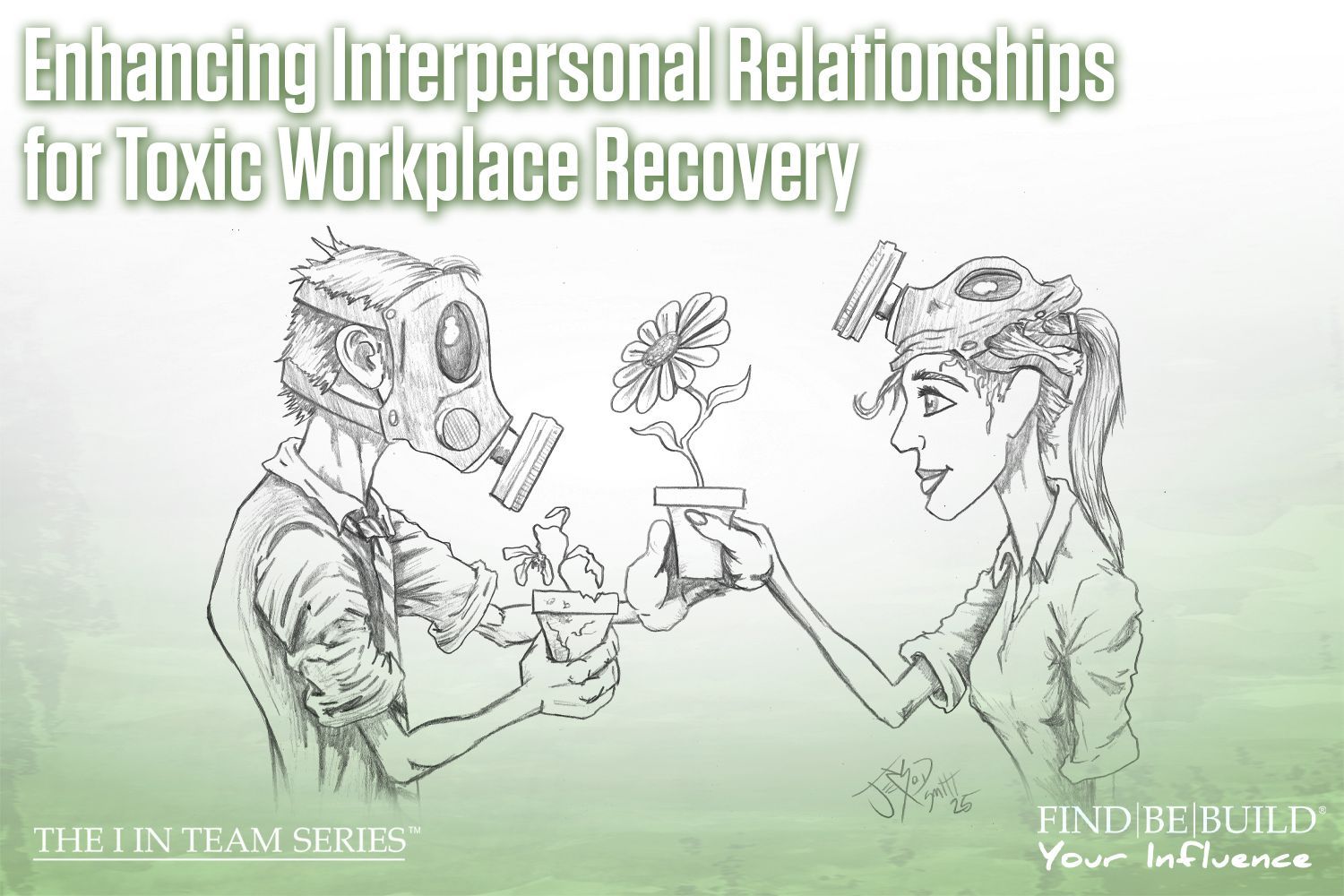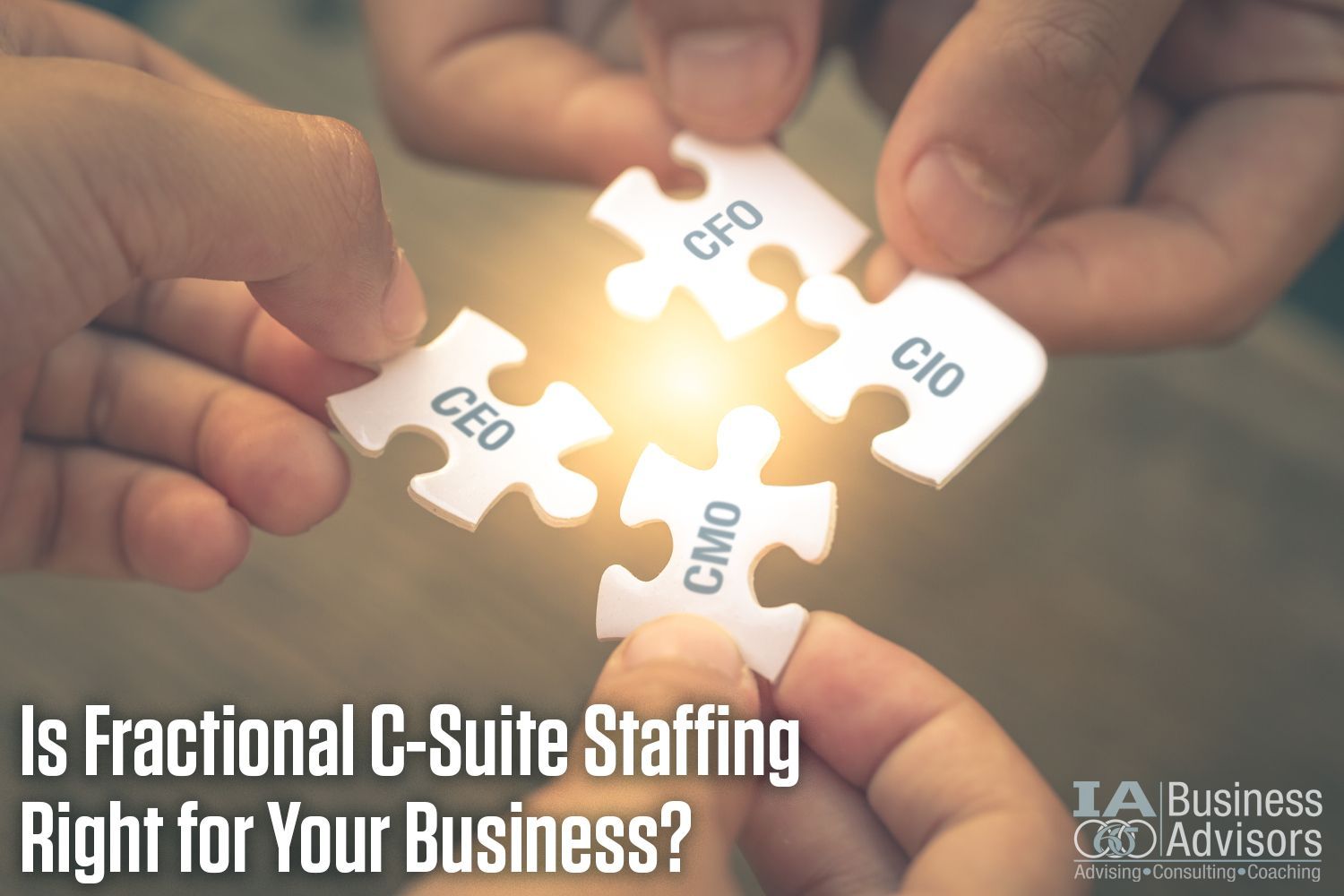Are you a “Do as I say, not as I do” business manager?

business consulting best practices
Actions speak louder than words. I guess I could end the lesson right there; however, it would not put into perspective the damage that business owners and managers do to their organization when they contradict written policy, procedure, or proclamation by their actions.
Clients often ask me if I practice what I preach. I can honestly say that we do. Does this mean that I don’t contradict my own statements or instructions? Absolutely not. However, how I react to being called out sets into motion for anyone involved the future of our business and our business relationship.
We build policy and procedures to help guide us in business for a reason. Most, if not all, policy and procedures that are implemented by consultants have a foundation in correcting an identified deficiency in an organization. For example, we may implement a Hiring Policy to help us be consistent in how we advertise, review, interview, and ultimately hire a new employee. We may have developed this policy because we had high turnover or have difficulty filling open positions.
However, when a manager and the staff commit to such a structured program, any deviation can cause that program to fail. For example, we hire a friend or family member of a current employee, manager, or owner and we circumvent the hiring policy because we “know them.” This happens more often in closely held companies and very often ends in failure.
Another area is when we implement a purchasing or expense plan. An owner, originally seeing that he needs better controls over the expenditures of the organization, may have a structured program put in place to control overall purchases or just smaller areas such as incidental and travel expenses. The entire organization will go through using that program and the employees will be held to the new standard. However, we may see executives violate the procedure either by buying products or services through friends and family or by using their expense account for personal items. The justification is often, “I’m the owner.”
This may appear on the surface to be a non-issue. Employees may see the owner doing this and not want to say anything, because they think, “Well, it is their company.” Fast forward some time and we almost always see a gradual change back to purchasing and expenses management pre-policy. The owner, seeing his expenses rising, may inquire and learn that the policy has been used inconsistently, only when it may benefit a particular situation. It is often at this time when the owner also learns, he may have been the catalyst of the fall back. It is at such a time when we hear, “Do as I say, not as I do.”
This is poor leadership. The owner exemplifies why his organization will forever be in the cyclical process of chasing a problem. Behavior begins at the top, employees look to leadership for guidance on how they work day in and day out. A leader that not only touts policy and procedure but also uses them to help him be a good leader will set a solid foundation for the rest of the company.
There are also other risks to this type of issue. Many times the policy or procedure being violated has jurisdictional or statutory requirements. For example, an owner who uses a company credit card for personal issues. Co-mingling company funds with personal funds is a very bad precedent to set for oneself and employees. Fines and penalties for doing this can be high, depending on the amount and circumstances.
Regardless of the policy or procedure in place, an owner who expects employees to tow the line on those policies must lead by supporting them personally. Holding oneself to a higher standard will always lead to success in the end. While this may become a difficult transition for many, once complete the
organization and manager
will be better as a whole.












